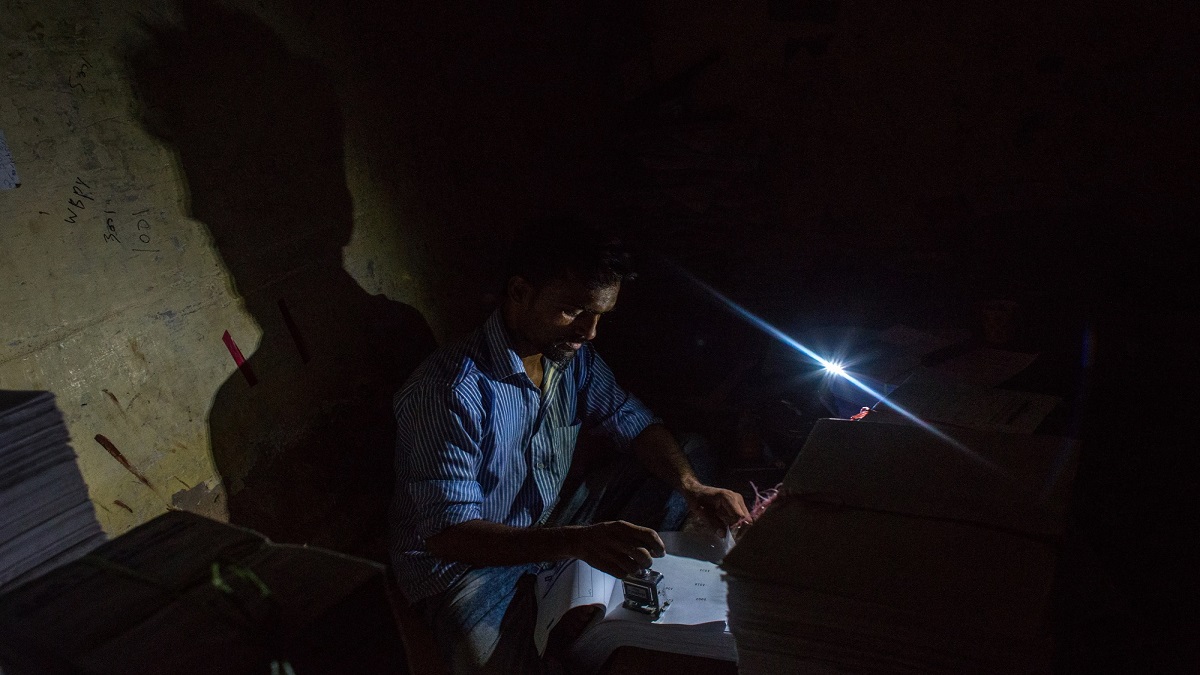As Pakistan battles a severe heat wave, its citizens are forced to endure long hours of power outages, driven by a significant deficit in electricity generation.
The gap in power production has surged to a staggering 6,516 megawatts, leading to load-shedding durations extending between eight to ten hours daily across the nation.
Sources within the Power Division disclosed that the current electricity production stands at 21,484 MW, while the demand has soared to an overwhelming 28,000 MW.
The present energy generation composition includes 7,073 MW from hydropower, 956 MW from state-owned thermal power plants, 8,900 MW from private sector plants, and 1,119 MW from solar power plants. Additionally, 152 MW is generated from bagasse, while nuclear power plants contribute 3,164 MW to the national grid.
This crisis comes in the wake of the government’s approval of a substantial Rs328 billion subsidy package for the power sector. This package is primarily designed to subsidize the cost of electricity for K-Electric (KE) consumers and partially offset the long-overdue dues of the power projects under the China-Pakistan Economic Corridor (CPEC).
Read More: Govt bans setting up new fuel-based power plants to pave way for green electricity
The Economic Coordination Committee (ECC) of the Cabinet gave the green light for an allocation of Rs250.7 billion as a subsidy for KE consumers, Rs20.7 billion to settle the outstanding dues of the Chinese power plants, and an additional Rs56 billion to subsidize the cost of electricity for consumers in Azad Jammu and Kashmir.



























